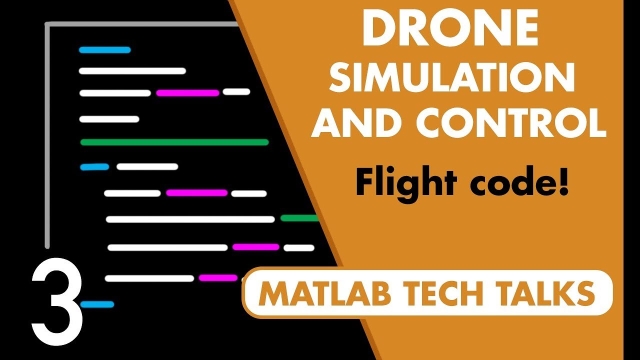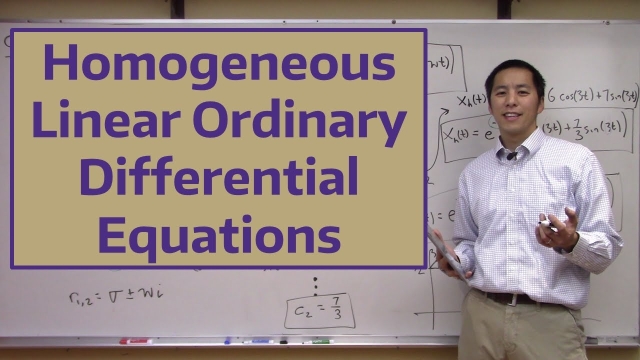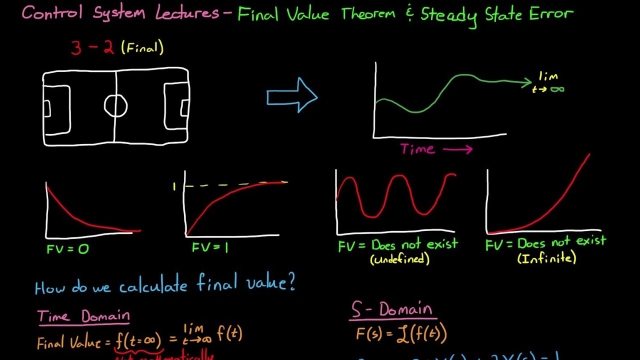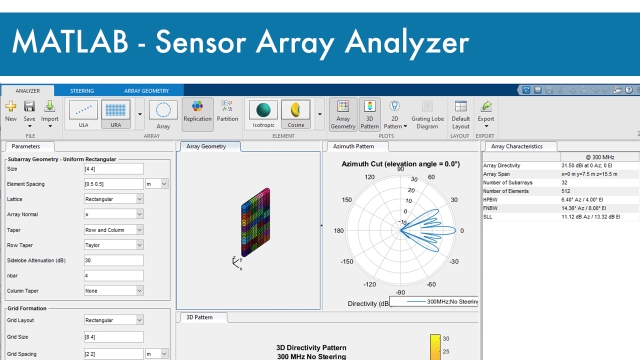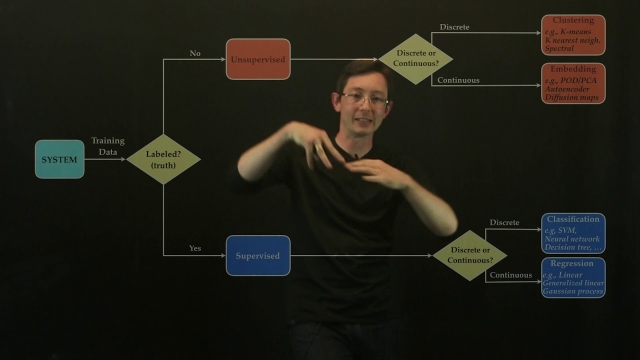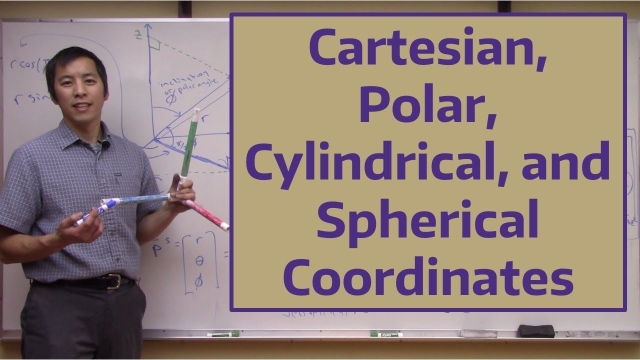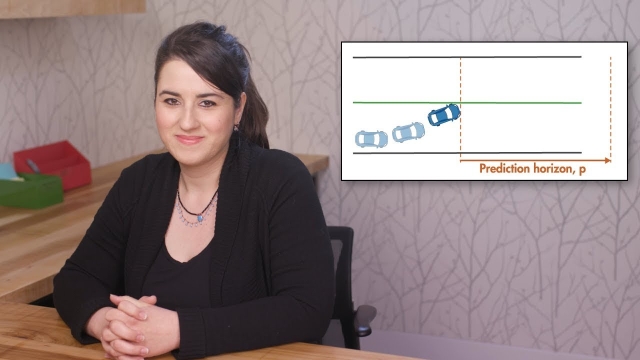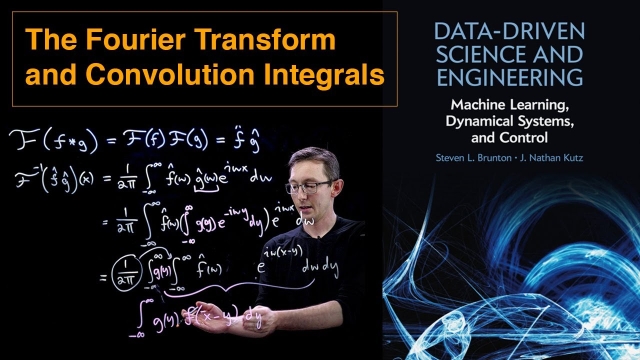
TikZ source Code: Two systems in negative feedback
TikZ source Code: Two systems in negative feedback
See MoreCayley-Hamilton Theorem [Control Bootcamp]
Here we describe the Cayley-Hamilton Theorem, which states that every square matrix satisfies its own characteristic equation. This is very useful to prove results related to...
See MoreWhy Transfer Functions Matter
Once we know a process's transfer function we can model how it will respond to an variety of inputs very easily, check it out.
See MoreStanford CS234: Reinforcement Learning | Winter 2019 | Lecture 5 - Value Fun...
Professor Emma Brunskill
Assistant Professor, Computer Science
Stanford AI for Human Impact Lab
Stanford Artificial Intelligence Lab
Statistical Machine Learning Group
See MoreTuning a Fuzzy Logic Controller with Data | Fuzzy Logic, Part 4
This video covers the basics of data-driven approaches to tuning fuzzy inference systems. See what it means to find an optimal solution, which fuzzy inference parameters are being tuned...
See MoreRL Course by David Silver - Lecture 1: Introduction to Reinforcement Learnin...
Introduces reinforcment learning (RL), an overview of agents and some classic RL problems.
See MoreData-Driven Control: Balanced Models with ERA
In this lecture, we connect the eigensystem realization algorithm (ERA) to balanced proper orthogonal decomposition (BPOD). In particular, if enough data is collected, then ERA produces...
See MoreTikZ source Code: Sliding Mode Control Example System 2
TikZ source Code: Sliding Mode Control Example System 2
See MoreControl Bootcamp: Observability Example in Matlab (Part 2)
This video continues to explore observability in Matlab on the example system of an inverted pendulum on a cart. We look at the observability Gramian.
See MoreSVD: Eigen Action Heros [Matlab]
This video describes how the singular value decomposition (SVD) can be used to efficiently represent human faces. In this example, we represent action heros (Matlab).
See MoreFeedforward Control Introduction
I introduce feedforward control (FFC) and describe how it can be used to minimize the difference between an output's setpoint and measured value (the error o...
See MoreData-Driven Control: Observer Kalman Filter Identification
In this lecture, we introduce the observer Kalman filter identification (OKID) algorithm. OKID takes natural input--output data from a system and estimates the impulse response, for later...
See MorePrincipal Component Analysis (PCA) [Matlab]
This video describes how the singular value decomposition (SVD) can be used for principal component analysis (PCA) in Matlab.
See MoreUnitary Transformations and the SVD [Matlab]
This video describes how the singular value decomposition (SVD) is related to unitary transformations, with Matlab code.
See MoreFrequency Response Analysis FRA and the Amplitude Ratio and Phase Angle
Process engineers model output response to inputs that oscillate via frequency response analysis (FRA). In this video, I'll go over amplitude ratios and phas...
See MoreDrone Simulation and Control, Part 3: How to Build the Flight Code
This video describes how to create quadcopter flight software from the control architecture developed in the last video. It covers how to process the raw sensor readings and use them with...
See MoreHomogeneous Linear Ordinary Differential Equations
In this video we discuss how to solve homogeneous linear ordinary differential equations (ODEs). The approach outlined in this lecture is applicable to high...
See MoreFinal Value Theorem and Steady State Error
This Final Value Theorem is a way we can determine what value the time domain function approaches at infinity but from the S-domain transfer function. This is very helpful when we're trying...
See MoreMATLAB Sensor Array Analyzer App
The Sensor Array Analyzer app enables you to construct and analyze common sensor array configurations. These configurations range from 1-D to 3-D arrays of antennas, sonar transducers, and...
See MoreUnderstanding Sensor Fusion and Tracking, Part 4: Tracking a Single Object W...
This video describes how we can improve tracking a single object by estimating state with an interacting multiple model filter. We will build up some intuition about the IMM filter and show...
See MoreTypes of Machine Learning 2
This lecture gives an overview of the main categories of machine learning, including supervised, un-supervised, and semi-supervised techniques, depending on the availability of expert labels...
See MoreCartesian, Polar, Cylindrical, and Spherical Coordinates
In this video we discuss Cartesian, Polar, Cylindrical, and Spherical coordinates as well as develop forward and reverse transformations to go from one coord...
See MoreUnderstanding Model Predictive Control, Part 2: What is MPC?
Learn how model predictive control (MPC) works. Using a simple car example, this video provides insight into an MPC controller’s strategy for finding the optimal steering wheel angle to...
See MoreLinearizing a Simulink Model Using the Linear Analysis Tool and ‘linmod’
In this video we show how to linearize a non-linear Simulink model using numerical techniques. This approach is extremely powerful as it allows automatic ge...
See MoreThe Fourier Transform and Convolution Integrals
This video describes how the Fourier Transform maps the convolution integral of two functions to the product of their respective Fourier Transforms.
See More
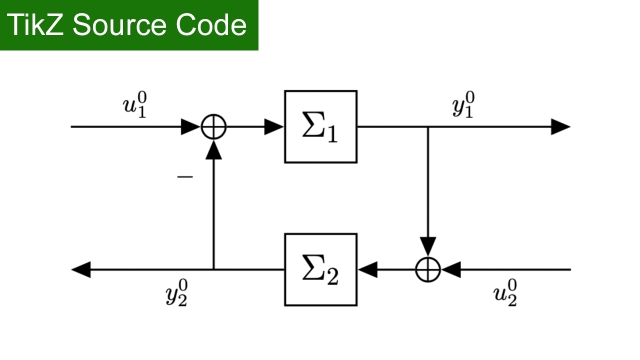
![Cayley-Hamilton Theorem [Control Bootcamp] Cayley-Hamilton Theorem [Control Bootcamp]](/sites/default/files/styles/search_resulkts/public/2020-12/maxresdefault_395.jpg?itok=Xi08rPqq)
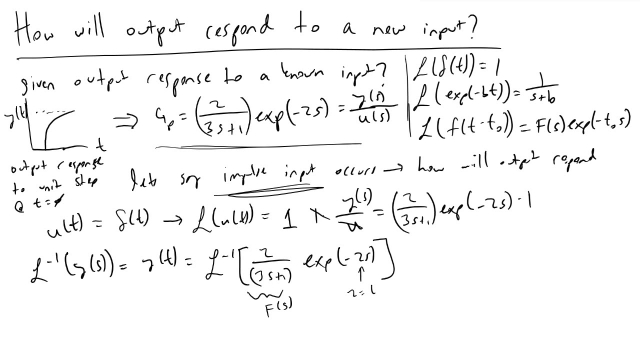
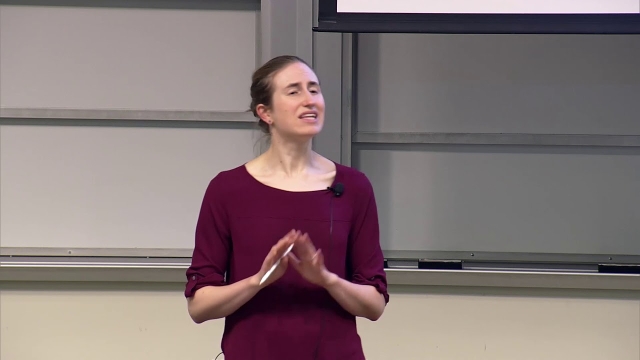
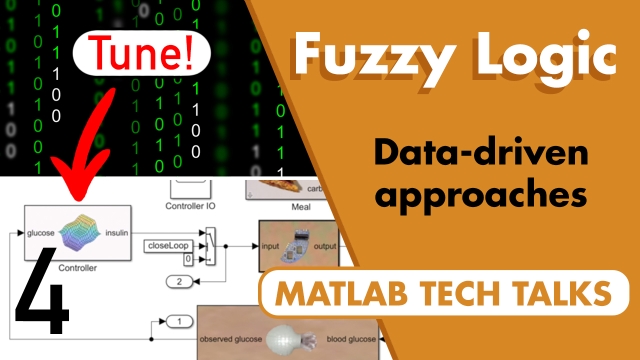
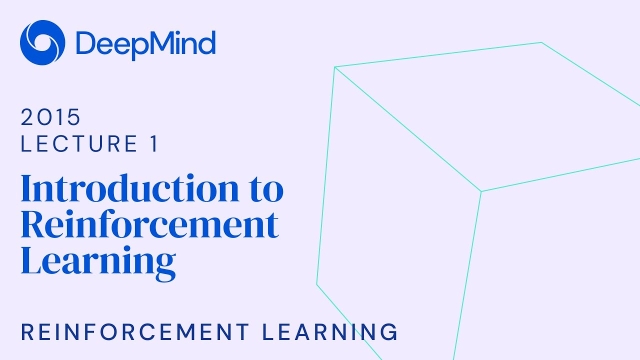
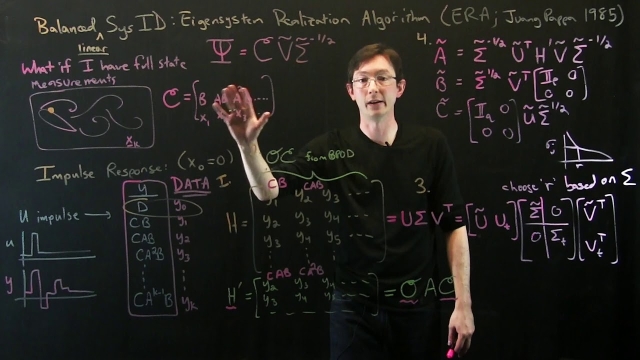
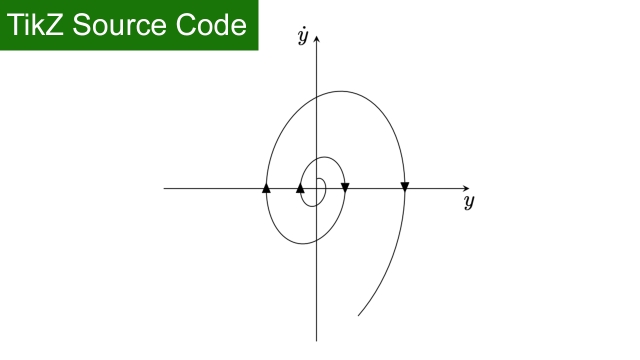

![SVD: Eigen Action Heros [Matlab]](/sites/default/files/styles/search_resulkts/public/2020-12/maxresdefault_411.jpg?itok=YrhhkBXx)
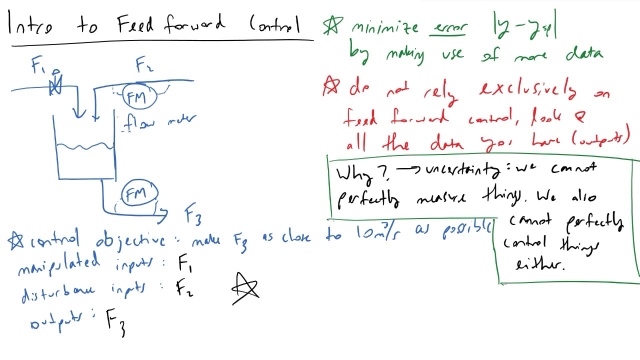

![Principal Component Analysis (PCA) [Matlab] Principal Component Analysis (PCA) [Matlab]](/sites/default/files/styles/search_resulkts/public/2020-12/maxresdefault_493.jpg?itok=CnTZy7T9)
![Unitary Transformations and the SVD [Matlab]](/sites/default/files/styles/search_resulkts/public/2020-12/maxresdefault_427.jpg?itok=FrsjRsfe)

